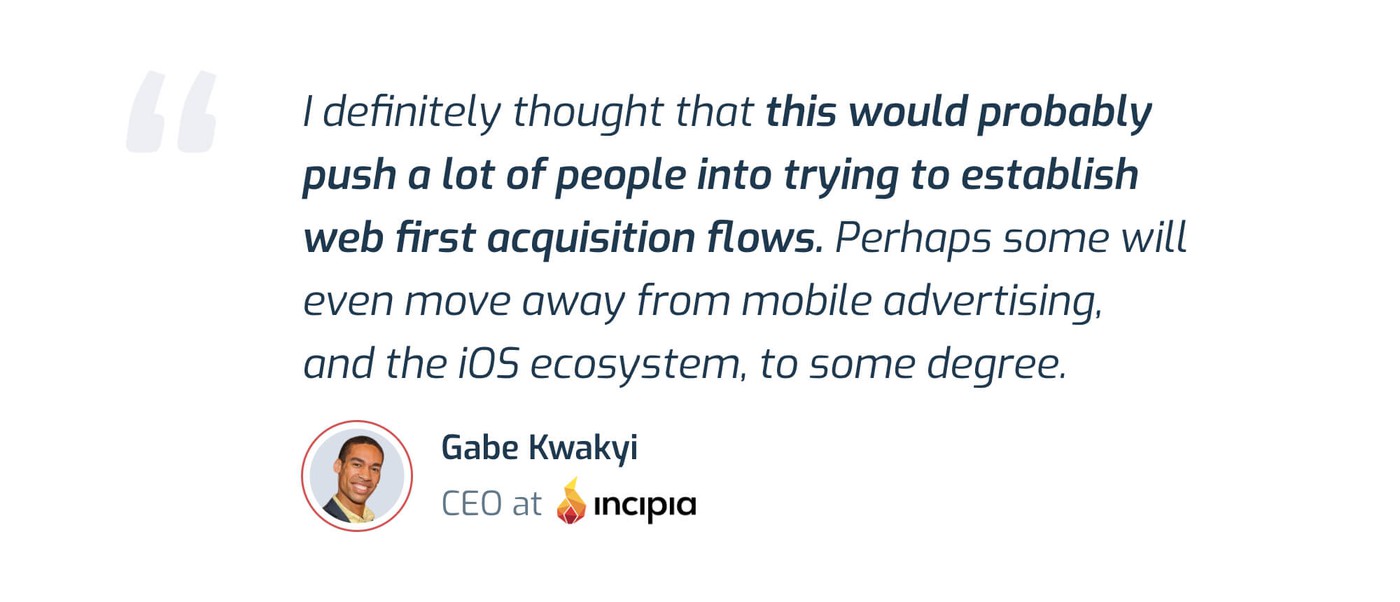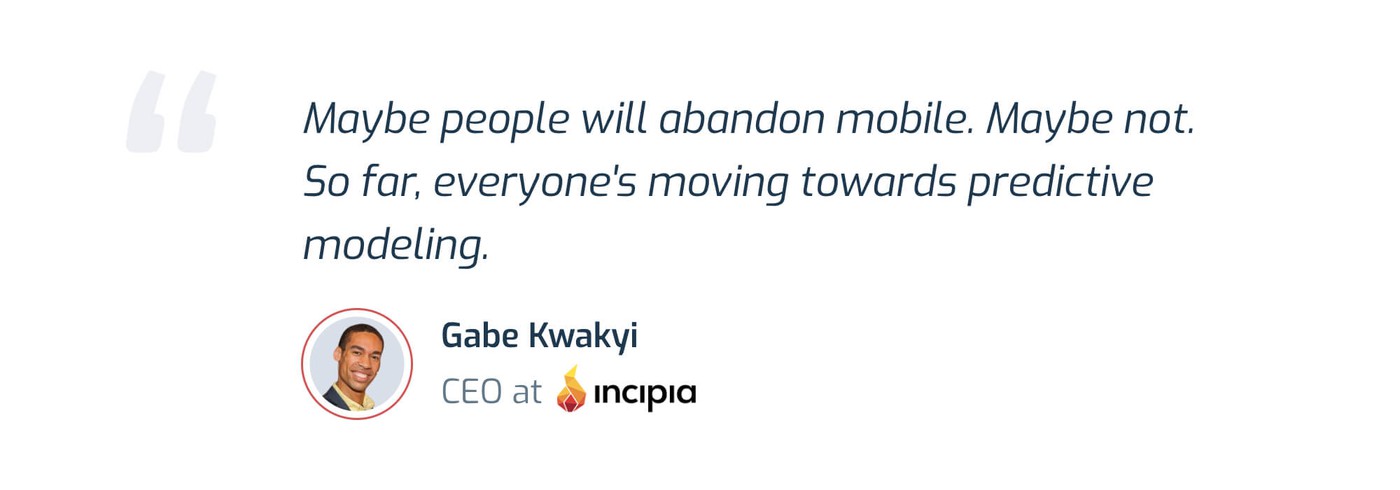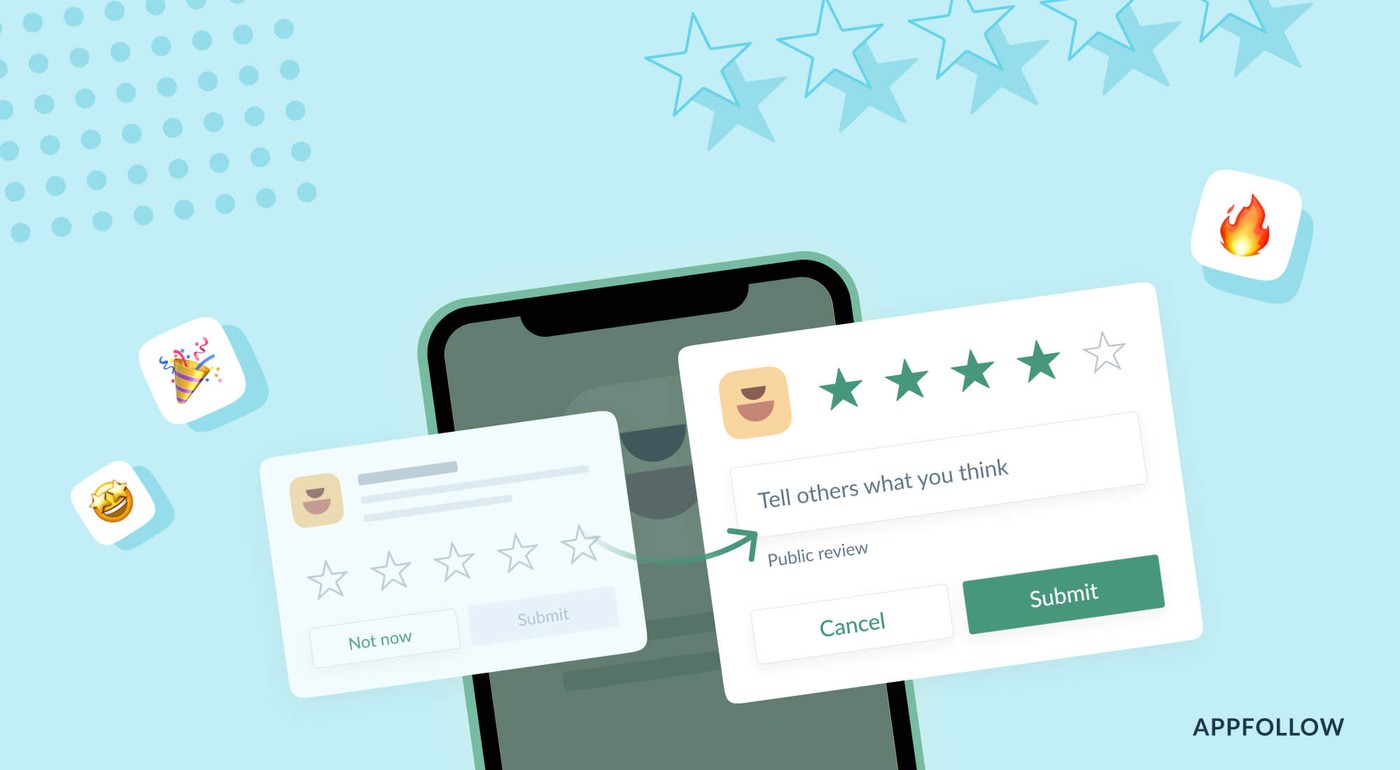How to adapt to the IDFA changes: insights from Branch, Incipia, and Babylon Health

Table of Content:
- Why is IDFA important?
- What areas will be affected the most by these changes?
- Is it possible to adapt?
- What will your user acquisition process look like?
- What will happen with ASA as an instrument?
- What will happen with retargeting?
- How should you prepare?
- What do you think will be Facebook’s reaction?
- How will Google respond?
A big change is coming to the mobile industry. Apple’s new take on in-app user tracking strives to grant the users more control over their data. However, the consequences of this move are already sending ripples across the entire mobile market. How will ad publishers adapt to these new changes? How will Facebook and Google respond? What will be the future after this paradigm shift?
To answer these questions, we’ve organized a round table with veterans of the industry to learn their take on the upcoming changes. Also, ever wonder why the App Store feels so safe? It's all thanks to the apple app store review guidelines.
Meet the experts
Mada Seghete is the Co-founder and Head of Strategy and Market Development At Branch, an innovative mobile deep-linking platform.
Gabe Kwakyi is the Co-founder and CEO of Incipia, a mobile marketing agency and publisher of an awesome mobile analytics solution, Xyla.
Mack Grenfell is a Biddable Lead at Babylon Health, a health tech startup that helps people in need schedule appointments, get prescriptions, and more.
signup_boosting
Why is IDFA important?
Mada Seghete: “The IDFA is an identifier that allows advertisers to attribute an app install that happened after a user clicked on an ad in another app. This kind of identification was not resettable before, and Apple realized that’s not good for user privacy. With the upcoming changes to IDFA, users will be able to actually disable or enable it, like website cookies.
Before the existence of IDFA, it was very hard to tell if a user came from an ad. The introduction of IDFA made a boom in both different types of ad networks and people spending a lot more on mobile ads as opposed to web ads.
Apple believes that a persistent ID capable of tracking user behavior across multiple apps shouldn’t be granted automatically; it can be sold, misused, etc. That’s why during the WWDC 2020, Apple announced that IDFA will only be available on apps the user would grant permission on. The problem is, in order to do a matching by clicking inside an app and then downloading a different app, you actually need permission from both apps at the same time.”
What areas will be affected the most by these changes?
Mack Grenfell: “These changes will impact all the different parts of the mobile ad ecosystem. The ones that rely the most on IDFA will hurt the most, especially if a large portion of the monetization comes to you through retargeting or attributed conversions.
You might have heard a lot of people talking about gaming apps as being particularly hard hit by this. The gaming apps monetization is heavily dependent on retention throughout a long period of time, meaning high-value users don’t buy their entire lifecycle’s worth of purchases straight away. You also have to deal with highly skewed LTV distributions. A small percentage of users make up a very large portion of revenue.
Look at how Apple is handling conversion value postbacks with the SKAd network. You have a 64-bit unsigned integer, meaning 64 different events can be posted back. This seems like quite a lot, but if you have to encode both retention data and some information about what users are doing in the app, you split that data 50/50. You can use half of it to encode the retention and the events. All of a sudden you've only got eight values of each. You can only capture retention data for the first eight days, or capture three independent events, or eight aggressed events. It becomes really hard for advertisers with complex LTV models to understand immediately if the user will have high LTV or not. Even a small shock to that model will cause huge ripple effects in terms of resource efficiencies that you can afford to do with advertising. “
Gabe Kwakyi: “The changes are massive. There will be a wide range of consequences that will impact the ability to track ROI. If you're only limited to tracking through a 64-bit integer, you can only track so much information. You won't be able to track users long term. Now there is no deterministic way to track ROAS over a week period like we used to. Or a 30 day period, or a 180 day period. The user has to open the app consistently so that you can continue to extend the timer with an additional event. If the user doesn't open the app, you have to go into some gray area to try to extend the timer, but that's probably against Apple's guidelines.
We've also seen view-through attribution disappear. That's going to hurt as well. Not only can you no longer track your users as well as before, but the reach (and the ROI) is also going to be much more difficult. It's impacting the ad networks too. I definitely thought that this would probably push a lot of people into trying to establish web first acquisition flows. Perhaps some will even move away from mobile advertising, and the iOS ecosystem, to some degree. We will see how the dynamics ultimately play out.”

Is it possible to adapt?
Mada Seghete: “Yeah, we will adapt to this. At Branch, we're building a dashboard, creating integrations with all the different self-attributing networks like Facebook, Snapchat, Twitter, Google, etc. There needs to be another solution — predictive modeling. It will provide more granular data on your campaigns. That way we'll have a very high probabilistic match that will help you determine if a user who’s clicking a link, opening an app, or installing it is the same person. We don’t store anything at the user level. We do a point in time match between a link click and someone opening an app and that's about it. We also use historical data and user agents to make that match.

Even if you think about these new changes and IDFA being your only option for app-to-app advertising, there are many other ways that you can acquire users. Even a banner on your website can help with that. We have a whole solution around social links, referrals links, and sharing — there's just so many other ways.
What will your user acquisition process look like?
Mack Grenfell: “It’s going to be a big challenge for us. It already is. Just a bit of background - Babylon is a health tech company. Our user acquisition process is quite curious. When people download our app, oftentimes they aren’t going to use it immediately. They use our services when they get sick, or when they need an appointment made, or any other reason that is often not an emergency. How would you structure the user acquisition process around people who are in need of our services sooner rather than later? That’s the tricky part.
We definitely have a lot of work to do in understanding what we can tell about how a user engages with our app early on. What would be a good indicator of whether they come to us in their moment of need or not.

It’s good that the changes to the IDFA are delayed, it will help us prepare a little bit better to what we can do and what kind of precursor events we should look out for to determine the high LTV customers. Working with data science teams is very important to determine what is a good indicator of long-term value.“
demo_organic_ua
What will happen with ASA as an instrument?
Gabe Kwakyi: “Naturally, the Apple search is the least affected channel. It has no view-through attribution. That's one way why Apple Search Ads are stronger than ever. A keyword is a good way to discover intent. It’s pull marketing. The display ads and social ads rely on knowing who the user is in order to serve the right user the right ad. The users are not asking for those ads in their social streams. Search ads actually have their own attribution API which will also be treated differently. We're still not sure whether Apple Search Ads can receive conversion data and send it to you before the user has responded. Apple is very tight-lipped on all of this. They have their own separate personalized ads prompt in the settings. For every other app you have to prompt the user and ask them to allow tracking, while for Apple the prompt is buried in a different area.

There's the downside: you can't optimize towards a conversion event, but Apple is also expanding in the future. They are setting themselves up to be an ad network that doesn't rely on the IDFA. That's an alternative when they've cut monetization from everyone, including themselves. Targeting Apple's non-search inventory is likely going to be very poor quality, however.”
What will happen with retargeting?
Mack Grenfell: “Because most retargeting is predicated on the proliferation of IDFA, traditional retargeting is going to go out the window. I'm only aware of one very small type of retargeting - publishers who own multiple apps and kind of can be targeted, but that is only relevant to quite a limited pool of developers. It's something that most people can't really count on. Retargeting for the average advertiser is going to be extremely limited with iOS 14.“
Mada Seghete: “Web retargeting is going to become bigger. Branch has a whole web-2-web service and I think that's probably going to become even more popular.”
How should you prepare?
Mada Seghete: “The first step is to decide if you plan to show the IFDA permission model. The second step is to prepare your app for the SKad network with your MMP. Work with your team to determine the conventional conversion value strategy. There's a lot of rules around it: for instance, you cannot send the conversion event with a lower number than the previous one. Update your campaign strategy to leverage other options. If you are using Branch, make sure that you start using different types of ads that actually have a link. You'll be able to have predictive modeling that way. Lastly, diversify your campaign strategy and consider your own channels like email, web, social media, and web inventory for paid campaigns. Be ready for potential service interruptions because they are likely to happen.”
Gabe Kwakyi: “Between now and 2021 when this all truly does roll out, you can still get cohorted data on users that provide you with the tracking transparency permission. Work with data scientists and try to study whether you can have a confident enough prediction of long-term value within the first 24 hours. Try to determine if there is an event or a new behavior that you can hook in the product that will help you find out if the user is likely to stay with your product or not.”

Mack Grenfell: “We shouldn't expect to be able to do everything we used to do in iOS 14. Some things like calculating long-term recurring revenue won't be possible. Try to work out what markers there are within the immediate period post-install that can give you the best estimated LTV. A lot of reporting is going to shift towards more focusing on expected values based on those initial events that you see within a user's life.”
What do you think will be Facebook’s reaction?
Gabe Kwakyi: “There is a lot of speculation right now. Take it all with a grain of salt because nobody knows for sure. Not even Apple knows.
Facebook admitted in public documents that this is a huge danger to the business because of how much money they make off of monetizing users from app ads. One of the things they said is that they're going to create a separate ad account for iOS 14 advertising, separate from iOS 13. You're only going to have a maximum of 9 campaigns. There are so many limitations on how you can run ads in the iOS 14 account.

The reality is, Facebook cannot rely on IDFA. Apple could take it away at any point. The big question is what exactly will Facebook do and how far will they push the gray area. Facebook has logins of billions of users and it has the best positions in the mobile world to continue doing tracking and optimization, even without an IDFA. Maybe in their algorithms somewhere deep down, they are using some data from users that haven't given a tracking transparency permission. They probably wouldn't admit that. They may do something to maintain their ability to monetize users in an app or perhaps they'll shift app inventory to web inventory if enough advertisers figure out how to make the web flow into the app. Who knows what will happen to the costs in the auctions when game publishers pull their budget back because they can't be confident about it? They've already committed to building out new ad accounts being ready for a world without the IDFA.”
How will Google respond?
Mack Grenfell: “Google has been keeping their cards fairly close to their chest and haven't really given much indication of which way they're going to go. I've seen a lot of comparisons and predicted outcomes you can expect from Google. Remember the thing that happened between Apple and Google over Intelligent Tracking Prevention that was introduced to the Safari browser? Google followed suit eventually. I think what you can expect from Google here is similar to what happened with their party cookies on Chrome. There will be a long sun-setting period, during which the publishers will be able to prepare for new changes.”

Gabe Kwakyi: “Given all this pressure, Google's probably going to take the time to figure out their advertising. Tracking at the user level is great, it allows Facebook to make a ton of money. If Google can create a new system on Android that makes this kind of tracking OK enough not to be chased down by some regulatory body, then that’s what they will do.”
demo_organic_strategy
Is there a brave new world without IDFA?
Mada Seghete: “No one owns the web. The mobile world, however, is made of a few empires that fight over the users and their eyeballs. The whole ecosystem is owned by these empires. Revolutions do start, though. People will get very creative about the way they do measurement and tracking. If you look at the phone industry, recently it used to have just a few giants that competed with each other. Now there is more competition springing up, like OnePlus and Huawei, some of them are even thinking of creating their own operating systems. There will always be competition for the slice of the market.”

Gabe Kwakyi: “The battle for user value is heating up so much. Things are starting to happen, it's a chain reaction and a lot of things are going to happen at once. That's the way humans work. When your attention gets focused on something, you start to see things around the periphery and other opportunities pop up that you didn't see before. The way that things are done in iOS 13 is going to proliferate, perhaps, back to web html5. Maybe people will abandon mobile. Maybe not. So far, everyone's moving towards predictive modeling.”

As Apple delayed the IDFA changes, developers now have time to adapt and come up with some new solutions. Let's see what's the news be closer to the end of the year. Curious about the best amazon review software on the market? This article has the answers. Maximize your application rating potential with this must-read article.








